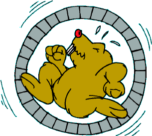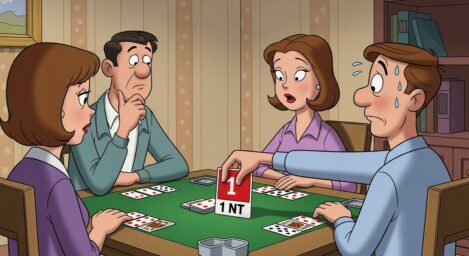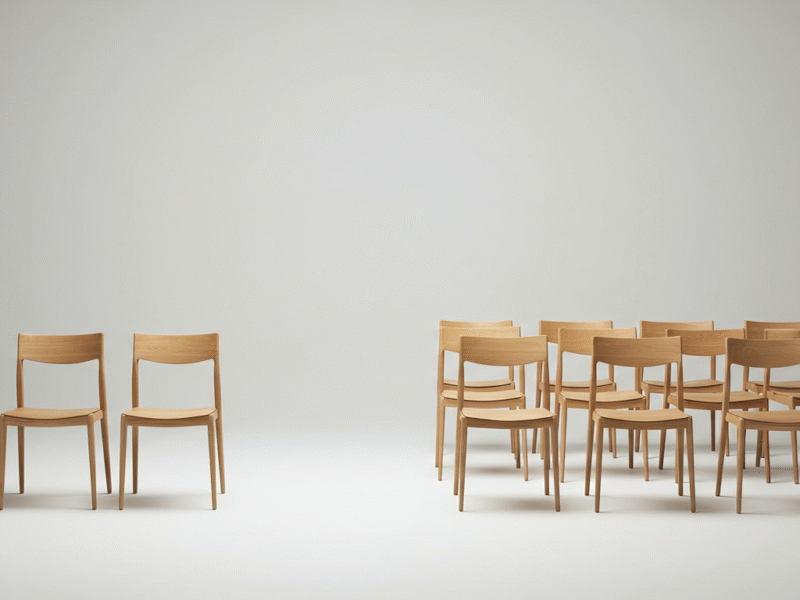Here was the original problem:
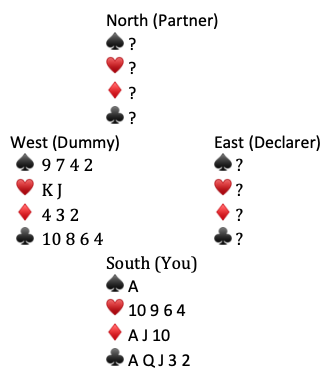

Notes on North/South agreements:
1. The 2♣️ bid is DONT—showing a ♣️ suit and an unspecified higher suit.
2. The 2♠️ bid is rejecting the overcaller’s suits. It says something like “My suit is better for us than either of your suits.”
3. North/South are using “upside-down carding”. This means that a low card is encouraging and high card is discouraging.
South leads the A♠️ against East’s 3♥️ contract. Partner (North) plays the 3♠️ and declarer contributes the 6♠️.
What is the significance of North’s 3♠️ play?
How should South continue?
Solution–
For North to arrogantly override South’s DONT bid–he/she must have at least six ♠️s. Declarer’s opening 1 NT bid marks him/her for at least two ♠️s and Dummy has four ♠️s. Both North and South know that South started with a singleton A♠️. North’s 3♠️ play on the first trick cannot be encouraging/discouraging a ♠️ continuation because, as they both know, South does not have another ♠️ to lead. Conclusion: North is giving suit preference with the 3♠️, i.e. low ♠️ says “please lead the lower ranking side suit”. North has K♣️ or a singleton ♣️. South should continue with A♣️ and a another ♣️.
Here was the entire deal:
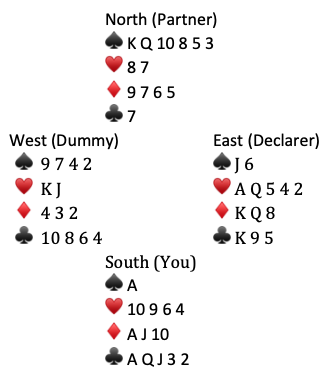
If South continues with A♣️ then 3♣️, North ruffs and plays ♠️s. Declarer’s will need excellent play to get even six tricks. If South does not lead a ♣️ at trick two, East will eventually win the K♣️ because South will be endplayed. The ♣️ switch has nothing to lose.
[For more bridge quizzes click on Bridge Index page.]
